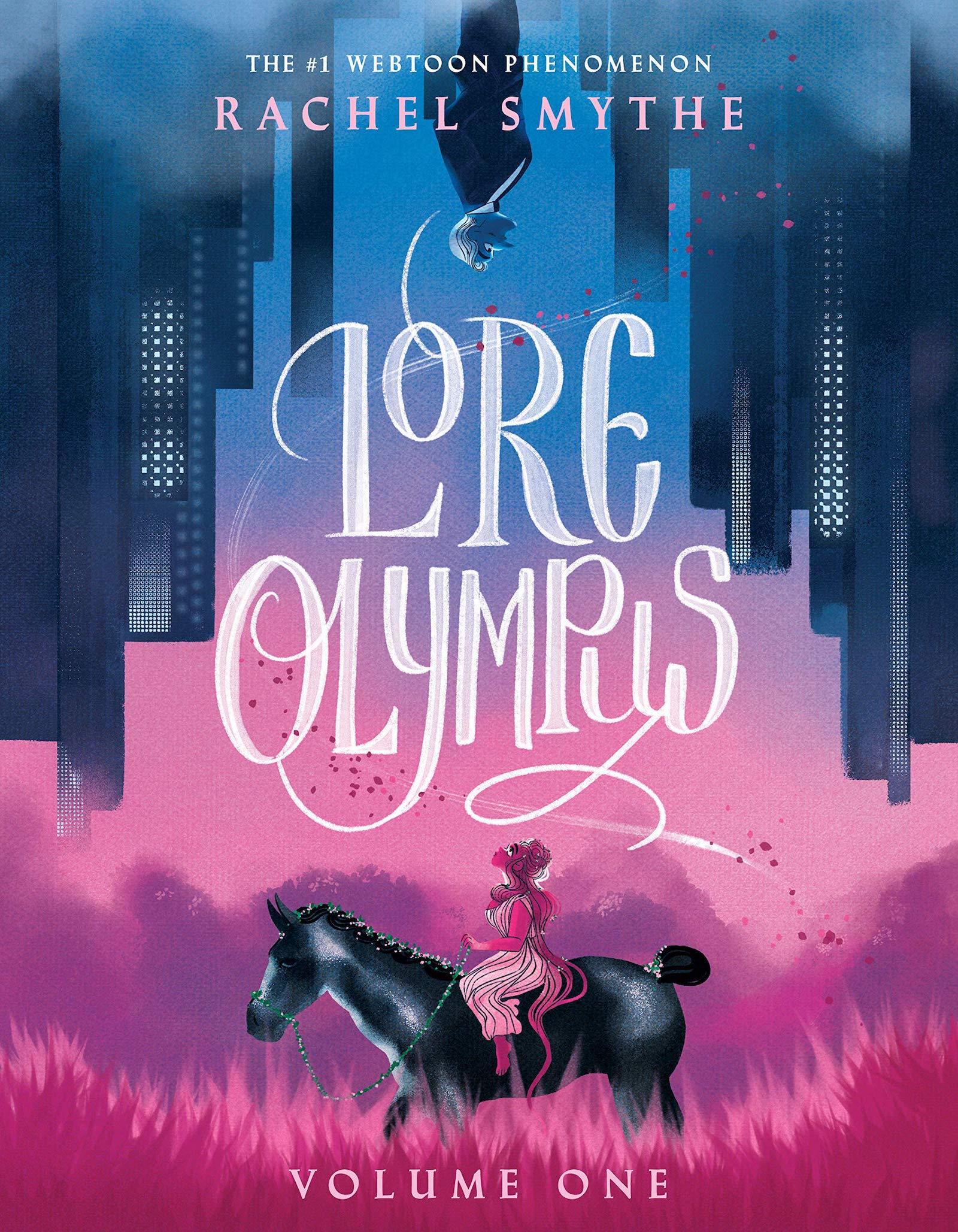Contrary to the original myth, Persephone is not whisked away by a lustful Hades without her consent but rather she is the victim of a cruel prank that results in her unconsciously and unwittingly hitching a ride with Hades to his home in the Underworld. The attraction between the two characters is instead mutual and grows from a place of understanding and genuine effort. And although Persephone begins the story as a naïve young woman, much of the story focuses on themes of personal growth, mental health advocacy, and Persephone’s own journey of stepping into her own godly powers and capabilities.
What is more, Smythe turns many misogynistic hallmarks of the original Greek myths on their heads by blatantly subverting and calling them out – usually through her strongly written and complex women characters. Unchecked actions of masculine desire are ubiquitous in ancient myths and very rarely do the aggressors find themselves under scrutiny or in trouble; especially if they are gods. The ever-problematic Zeus is perhaps the reigning champion of unwarranted and unsolicited romantic and/or sexual advances foisted upon, well…just about anything that could breathe. More often than not, Greek myths end with very few consequences for the godly attacker while the objects of their unchecked desires are either killed by jealous spouses, turned into plants, turned into plants after being killed by said jealous spouses, turned into animals, or, if they’re lucky, exiled. Very few romances in ancient myth actually play out romantically and the majority that end tragically tend to be more tragic for the women involved.






























